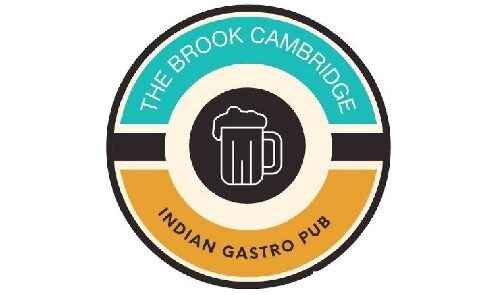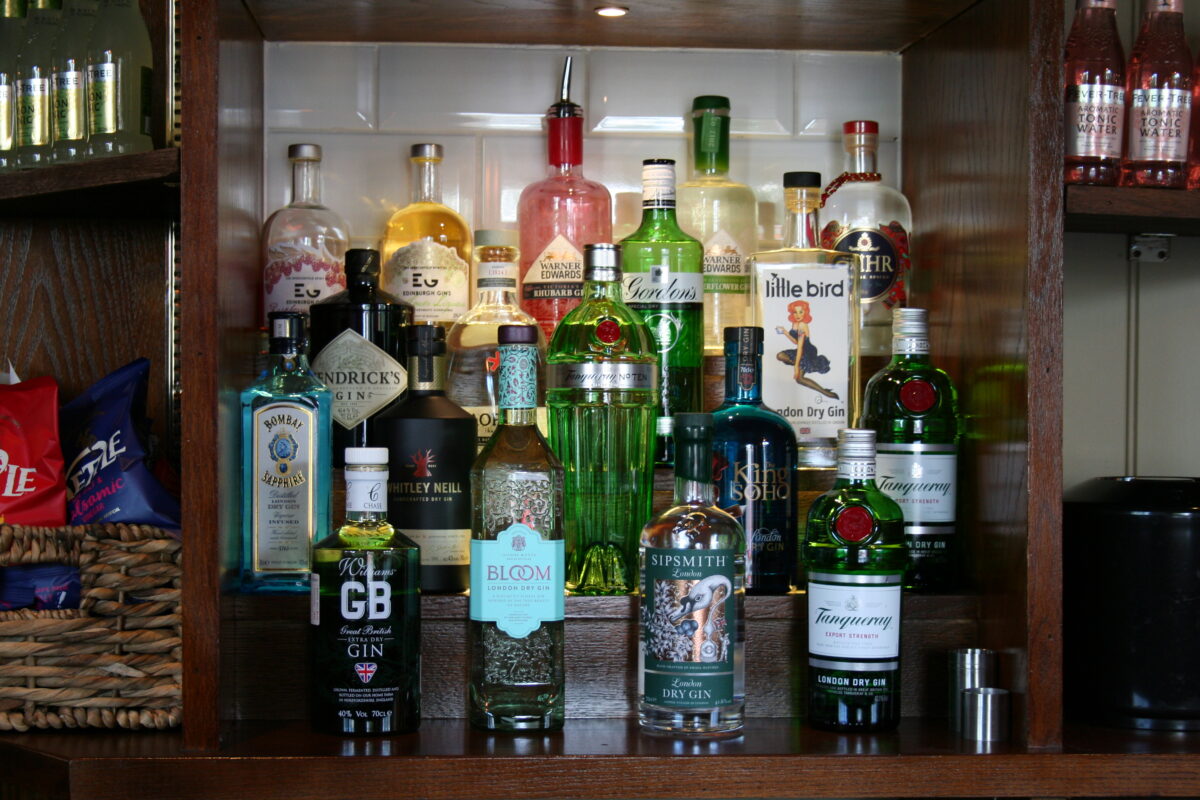Most of us love Wine as it’s an exceptional drink. Many of them enjoy the drink to welcome various occasions like birthdays, marriages, and family events. Still, very few of them like to evaluate the Wine. So, if you want to learn a few tips on evaluating a glass of wine, check it out like an expert.
Before you taste a glass of Wine, first, you need to check out the environment. So let’s follow the wine tasting tips below.
Good Tasting Surrounding:
The first thing to note is the surrounding conditions while Wine tasting leaves you with an impression of the Wine. If the place is crowded with people making noise, you cannot concentrate fully on the taste. Sometimes a perfume smell or some cooking smell can disturb your ability to get an unmistakable taste and sense of a wine’s aromas. One more thing that can affect the taste of Wine is when the wine glass is small or wrong in shape, sometimes the smell of dust can also be a reason.
Apart from all these, the temperature of the Wine and the age leave you with an impact. Even if you ate any food or drank anything just before wine tasting, it could affect the taste as it leaves residual flavors. We need to neutralize the tasting conditions to enjoy the Wine giving it a fair chance. We should enjoy Wine at room temperature; if it is served too cold, make it warm by cupping the bowl. If the glass has a stale smell, rinse it with Wine rather than water. Swirl the Wine on all sides of the bowl like conditioning the glass. The more powerful aroma is the perfume, so try to be as far as possible.
- Sight evaluation:
Once you have settled down in a fresh air environment, your next step is to examine the wine closely. The Wine must be one-third complete, and now follow the steps to evaluate it with our eyes.
Straight Angle View:
When you have Wine in your glass, the first thing to do is to look into it, then lift the glass and hold it to the light. Next is to tilt the glass allowing the Wine to roll and cover the edges. This way, one can get to see the full-color range of the Wine. The depth of the color explains the density and saturation of the Wine. It helps us to understand the grapes used by just seeing the color and scent. If the saturation levels are more, it leaves a black-purple color, and if lighter, it shows pale brick color.
Side View:
This view tells us how clear the Wine is. The center of the Wine is always dark unless you see through the side of a glass. Sometimes it might look unfiltered or sedimentary, but still, if the Wine looks clear and sparkling, then its a good sign.
Tilted View:
To know more about the weight and age of the Wine, you need to tilt the glass so that the Wine thins out at the rim. If the wine color is pale, then it’s not strong, and if the color is brown for white Wine or rusty brick or orange for red Wine, then it’s old.
Swirl:
They say that swirling is not for beginners; to swirl the Wine well, you must keep it firmly on a flat surface in freestyle. While swirling the glass, check for tears on the sides of the glass. If you find more tears running down the glass, it says more alcohol is present. These wines are riper and dense than those that are not.
- Sniff Evaluation:
Once you viewed your Wine in different side views and swirled, then it’s time to give a good sniff. Swirl the Wine well and take short sniffs rather than burying your nose into the glass. The quick short sniffs allow your brain to filter the data about the Wine.
Wine has many fragrances, which are both good and bad. The wine bottle holds many components, and naming all the flowers, fruits, herbs, or scents can be fun. But, let’s not waste so much time while enjoying a glass of wine. Just sniff the Wine and look for the aromas that you can guess to understand the Wine’s characteristics better.
Wine Flaws:
Nothing in this world is flawless; the only thing is that we need to be more careful without our product. If the wine is corked, it will give a smell of an old attic and leave a taste of a wet newspaper, and cannot fix such flaws. If a wine is bottled with a strong dose of SO2, then the Wine tastes like burnt matches.
Some use of vinegar is acceptable, or it will leave a volatile acidity taste; if you get a nail polish smell, they use ethyl acetate. So we need to learn these flavors to know what fruits and flowers are used. The discovery you make and like is the fundamental way to choose your Wine.
Fruit Aromas:
If you don’t get any weird smell from your Wine, look out for fruit aromas. Wine is made from various grapes like white or yellow, or black, to smell fresh fruit and the variety of grapes used unless it is too cold, old, or sweet. It also tells us about the grapes’ climate, if it is a cool climate, moderate or warm.
Wine Barrel Aromas:
When Wine is stored in Barrels, it leaves various tastes like Vanilla, Chocolate, espresso, smoke, roasted nuts, and caramel. Wine taste also depends on the way the barrels are made, age, type of oak used, and the way the Wine is mixed in the barrel by the winemaker
Secondary Aromas:
Sometimes you can smell beer in white wines and sparkling wines when they are young due to yeast. Some of the dessert wines have a strong smell of honey due to noble rot trying to balance the taste with other fruits.
Some of the wines have caramel or buttered popcorn smell as the Wine underwent a secondary, malolactic fermentation process that converts malic to lactic acids. It softens the Wine giving it a pleasant aroma. If the Wine is old, the smell becomes complex as one can senselessly fruit smell. However, if the Wine is fully matured, it explodes with exquisite taste, leaving pure pleasure.
- Evaluating by Taste:
During tasting time, do not take a mouth full of Wine and try to sip in a little, then spread the Wine evenly in the mouth to understand the taste and texture. As we have already learned how to sniff a wine, one can find the aroma of fruit, flower, herbs, barrel, etc.; we are mostly trying to use our taste buds to know a well-balanced wine, its complexity, and harmony, and its maturity.
Balanced:
What do we mean by a balanced Wine? First, we need to look into the essential components like sweet, sour, salty, and bitter. Two tastes that are common in Wine are sweet and sour. We never come across salt taste in any wines, but bitter taste is seen due to the presence of tannins. Coming to the dry wines, we can find mixed flavors of sweet, sour, and bitter. So we cannot detect anything just by the smell.
All wines do not follow the same method in the making or formula, and they must always balance the flavor. If the Wine is very sweet or sour or too hot or bitter or has no acid, it is not a balanced wine. It should not be a young wine or old, so check for the best Wine properly.
Harmonious:
When all the flavors are integrated well, then it is called Harmonious. In young wines, not all the components are in the right portion, and if they do, it will become a great wine. If one cannot feel the blend, then it’s not a good sign. On the other hand, if the proportion of elements is used correctly, it’s an excellent wine-making sign. It tells that the young Wine is coming together with flavors harmoniously.
Complex:
Smelling and tasting Wine is a complex process. As you keep learning, it will become easy for you to recognize the taste. Those new tasting wines recognize the tastes as ripe, intense vanilla and Jam fruit flavors from different barrels of wines. Most of them relate to them as knowing the flavors. Sometimes good wine brands also have such flavors oozing out that might not sound complex.
Coming to complex wines, they seem to dance in your mouth and tend to
change its flavor while tasting. The complexity comes with the age of the Wine, and it tells that it is a good one or not. Nature and Wine are closely related, so we need to enjoy every sip of it with love. Don’t just quickly sip in. Let it dance in your mouth before you go for another sip.
Complete:
A complete wine includes many things like balance, complexity, harmonious and evolution. In addition, it has to satisfy the taste buds attracting attention as they have more to offer in terms of training and pleasure.Now that you got some tips try out few wines and maintain a book where you can write your wine tasting journey and adventures. Pin down the tastes of the Wines that you liked and disliked can help you choose the right Wine. So, now you have learnt how to choose Wine on your own. Cheers !!!
We understand what wines are loved by our customers and purchase them from a trusted seller. The Brook Pub serves some of the best British Pub food that goes very well with the Wine and other beverages. So ensure to visit our Brook Pub in Cambridge to spend quality time with family and friends over drinks and food. Check our website for more information on timings as they sometimes change due to the Government orders, but we are still a phone call away from taking your orders. So make a call at 01223 410023 and make us your new local.

